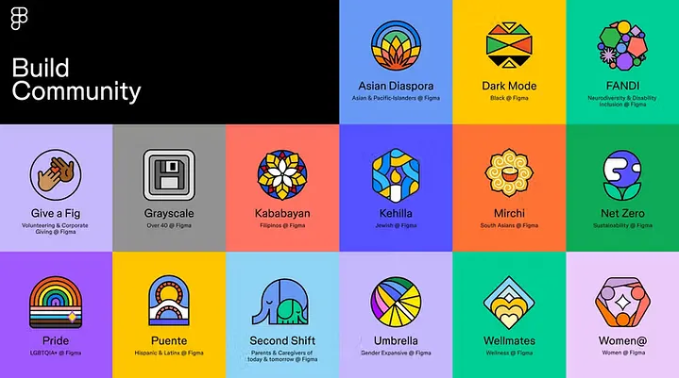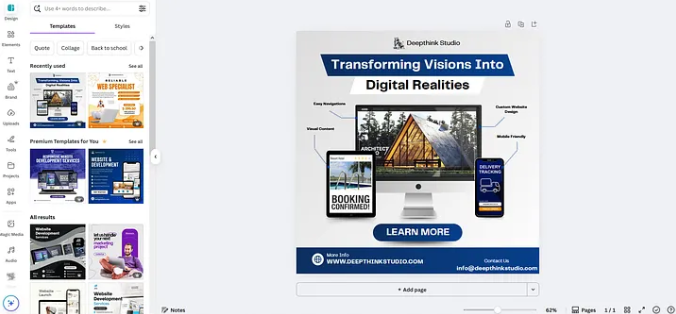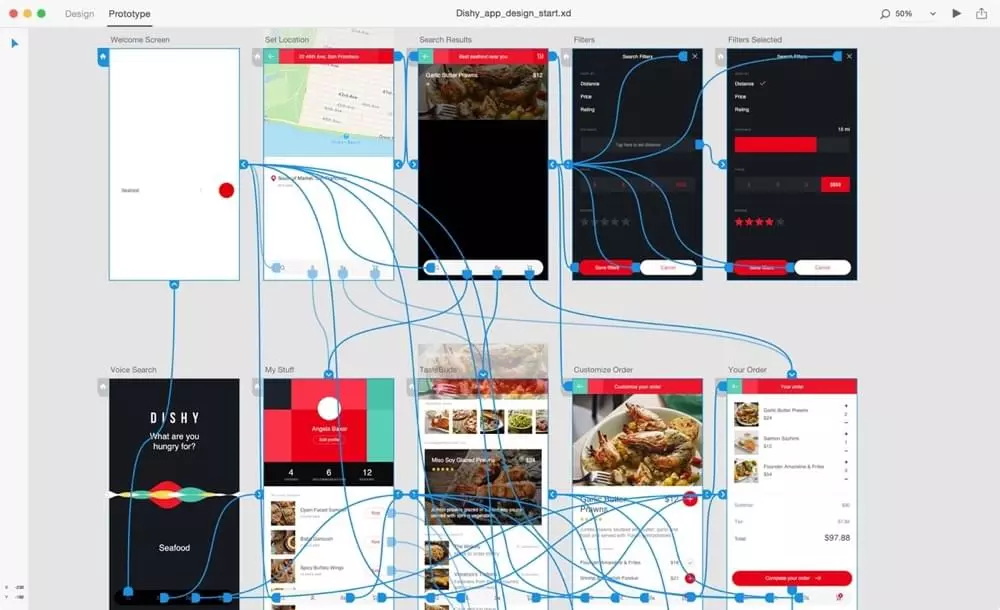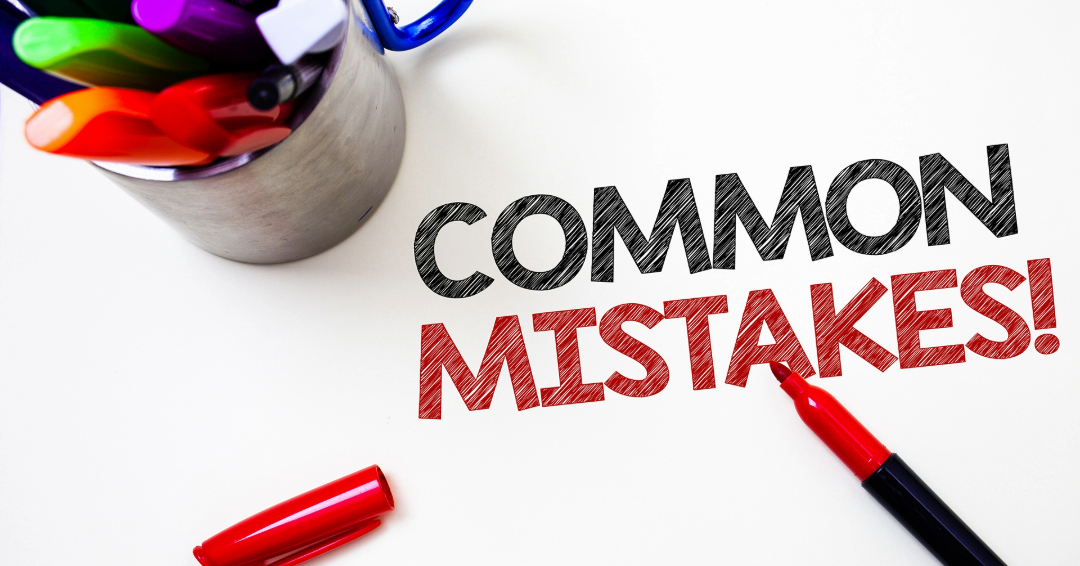Best Free UI Design Tools for Beginners in 2025 (Tested & Compared)
Discover the 7 best free UI design tools for beginners in 2025. Tested and compared: Figma, Canva, Adobe XD, Penpot, and more.

Introduction
When I first started learning UI design, I made a big mistake — I assumed I needed expensive software to create professional-looking mockups.
After wasting $200 on a tool I barely used, I discovered something game-changing: free UI design tools that were just as powerful.
Fast forward to 2025, and beginners have more free options than ever.
Whether you're designing a mobile app, website, or social media graphics, there's a perfect (and free) tool for you.
Did you know? Over 60% of freelance designers start with free tools before upgrading.
Today, I'll share the 7 best free UI design tools for beginners in 2025 — based on hands-on testing, ease of use, and real-world results.
What to Look for in a Free UI Design Tool
Before jumping into the list, here's what really matters when choosing a free design tool:

- ✅ Ease of Use — If you're a beginner, you don't want a steep learning curve.
- ✅ Collaboration Features — Can you share designs with teammates or clients easily?
- ✅ Export Options — Does it let you download files in PNG, SVG, or PDF?
- ✅ Templates & UI Kits — Pre-made assets save hours of work.
- ✅ Free Plan Limits — Some tools hide watermarks or restrict features.
Pro Tip: Always check if the free plan is truly unlimited or just a trial.
7 Best Free UI Design Tools for Beginners (2025)

1. Figma — Best for Collaboration & Prototyping

Why it's great:
- Real-time teamwork (like Google Docs for design)
- No downloads — runs in your browser
- Auto-layouts make responsive design easy
Free plan limits:
- 3 active projects
- Basic prototyping
Best for: Teams, UX/UI beginners, and anyone who needs feedback fast.
My Experience: I landed my first freelance gig using just Figma's free plan. Clients loved that they could comment directly on my designs.
2. Canva — Best Drag-and-Drop Tool for Non-Designers

Why it's great and my personal favorite:
- 100,000+ templates (social media, logos, presentations)
- AI-powered design suggestions
- One-click resizing for different platforms
Free plan limits:
- Some premium assets locked
- Limited brand kit features
Best for: Quick social media graphics, simple UI mockups, and beginners who want zero learning curve.
You can enjoy a free 30-day trial with all the premium features unlocked.
Fun Fact: I once designed an entire startup pitch deck in Canva — and the investors never guessed!
3. Adobe XD — Best for High-Fidelity Prototypes

Why it's great:
- Industry-standard for UI/UX designers
- Smooth animations and micro-interactions
- Integrates with Photoshop & Illustrator
Free plan limits:
- 1 active shared prototype
- No team libraries
Best for: Aspiring professionals who want to learn a tool used by big companies.
4. Penpot — Best Open-Source Alternative to Figma

Why it's great:
- No vendor lock-in (unlike Figma)
- SVG-based editing (great for developers)
- Truly unlimited free plan
Best for: Developers who design, or anyone who hates subscription models.
Personal Take: If Figma ever changes its free plan, Penpot is my backup.
5. Vectr — Best for Simple Vector Graphics

Why it's great:
- Super lightweight (works even on slow laptops)
- Great for logos and icons
- Browser-based (no install needed)
Free plan limits:
- No team features
Best for: Beginners who need a simple, no-frills vector editor.
6. Gravit Designer — Best for Detailed Illustrations
Why it was great… But it is getting discontinued on August 31st, 2025.

7. Balsamiq — Best for Quick Wireframing

Why it's great:
- Sketch-style wireframes (fast & intuitive)
- No distractions — focuses on structure over style
Free plan limits:
- 1 project at a time
Best for: Brainstorming app layouts before diving into high-fidelity design.
How to Choose the Right Tool for You
Still unsure? Here's a quick cheat sheet:
- Working with a team? → Figma or Penpot
- Need speed over complexity? → Canva or Balsamiq
- Want industry-standard skills? → Adobe XD
- Hate subscriptions? → Penpot (open-source)
Common Mistakes Beginners Make (And How to Avoid Them)

I've messed up a lot, so you don't have to:
- ❌ Picking overly complex tools → Start with Canva or Figma before jumping into advanced software.
- ❌ Ignoring tutorials → Most tools have free courses (Figma's YouTube channel is gold).
- ❌ Not using templates → Why design from scratch when free UI kits exist?
- ❌ Forgetting mobile design → Always test on multiple screen sizes.
Conclusion
You don't need a $500/year tool to start designing. The best free UI tools in 2025 — like Figma, Canva, and Penpot — give you everything you need to learn, experiment, and build a portfolio.
Action Step:
- 👉 Pick one tool (I recommend Figma for most beginners).
- 👉 Spend 30 minutes playing with templates.
- 👉 Design one small project (a fake app icon, social post, or wireframe).
Did you find this helpful? Let me know in the comments which tool you're trying first! 🎨💻

